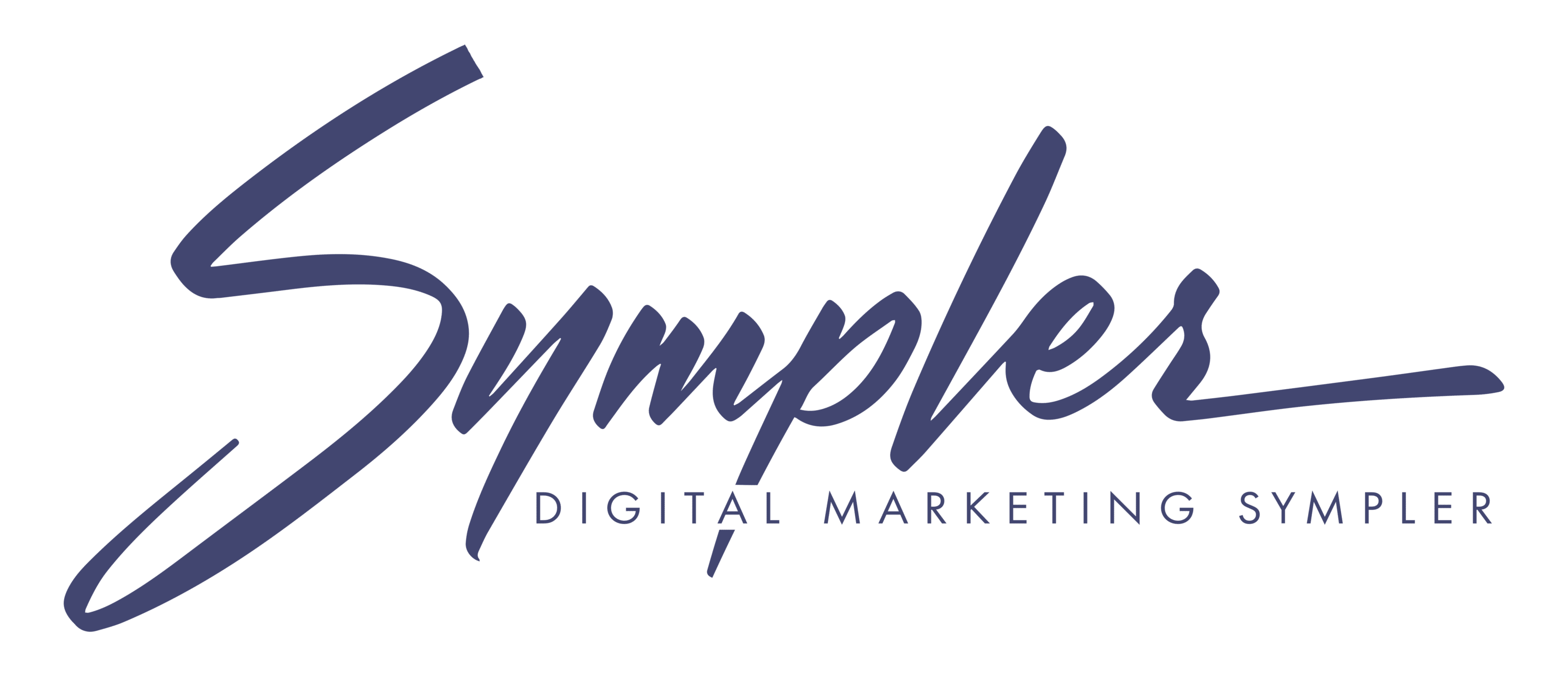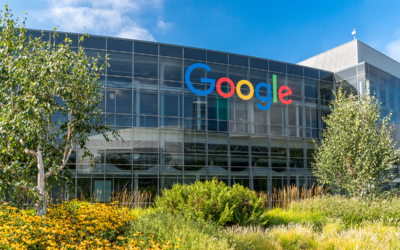Who is responsible and what to do next.
You’ve hired the right people to put a digital marketing and advertising strategy together; complete with several campaigns for email marketing, social media posting, and custom landing pages used to track customers and performance. Everything is designed to get the most out of a combination of paid Search Engine Marketing (SEM) and organic Search Engine Optimization (SEO) and attract visitors already known to have needs your business is able to fulfill. Traffic is pouring in BUT…
Your conversions remain mysteriously disappointing.
If you have high traffic and low conversions, don’t instantly point fingers at your digital marketing and advertising partners. They are not the only potential source of the problem. Work with them to find the real issue and you may bounce back considerably after fixing it. Much of their efforts are focused on the information you’ve provided about your business and ideal consumer. Ask yourself the following questions.
How well do you know your audience?
Sympler is happy to begin fine-tuning the targets you’ve initially discussed. Something important may be missing in the details. Go back over your consumer profile(s) and look at:
- Age range
- Location
- Industry
- Needs or problems being addressed
- Consumer budget constraints
It takes extensive market research on your industry and the specific features of your product or service to know what your audience wants and what they will pay for it. If you haven’t really checked out the hard numbers, try some demographic research on government websites like the Bureau of Labor Statistics, and visit InfoUSA and IBISWorld for business and consumer marketing statistics. You can find volumes of relevant data to help narrow your search intelligently. Forward this data to your marketing partners if you make any new revelations about your audience and their needs.
Next, identify your best existing customers, track their journey through your sales process by working backward to determine what made them buy.
- Where was their initial point of contact (which landing page, survey, email, or newsletter)?
- How long were they engaged at each point of the sales process?
- Are they within your intended audience profile?
- Did they contact customer service or leave a review or comment?
These metrics can all be tracked by both you and your marketing agency. Make sure all departments know and have the same understanding of your target. Product development and marketing strategy must communicate the same message.
Sending customer surveys is a great way to collect data that answers these marketing questions. Existing customers can give actionable input. The clearest results are often found by using a most/least survey format since audiences would rather compare and make decisions between two features, rather than rank products and services on a scale from one to ten. Surveys under four minutes to complete are ideal to keep your visitor’s interest. Ask Sympler for help to develop these surveys.
Are you using the right keywords to convert?
Keywords need to accurately reflect search terms your audience uses. They must also be in alignment with the product’s main use and intended solution. Once you’ve made the necessary corrections based on any new research data, adjust your content to:
- Focus on conversion-based keywords that speak to your audience.
- Use target keywords at every stage of your conversion funnel: Awareness, Consideration, or Decision phase
Different types of keywords and content convert qualified inquiries into sales. Awareness-level visitors want educational material like eBooks and white papers. They move through the consideration stage with product comparisons and case studies with easy to read charts and bullet points defining differences. Finally, they look for customer reviews, discounts, or sales to confirm their decision and find the “purchase” button or make contact.
Is your conversion funnel missing?
The way your site is built has a huge impact on how users move through it. The right design creates successful user flow. Ask yourself what you want your visitors to do and then make it simple to do or your keyword research will be useless. This may be done in different ways, and on one or more pages of the site:
- Provide helpful content and more detailed information
- Address expected needs and concerns
- Present a clear motivation to move to the next step – a solution to their problem
When a user begins reading reviews or watches a product video, they are on track for making a purchase. However, users having technical trouble on their way to making a purchase won’t convert. Problems to check for:
- site speed
- broken shopping carts
- broken links
- hard to find purchase or contact buttons
- error messages
- poor navigation (too much time/too many clicks)
- difficulty understanding the product/service or use
40% of visitors will bounce after just 3 seconds and every additional second can result in a 7% decrease in conversions.
Look to Sympler for optimal web design tips and don’t let cost deter you from upgrades. Site performance is a critical foundation for your business and will cost you more the longer you ignore it. You want to propel your marketing campaign efforts, not stifle them.
Are your product offerings varied?
When describing your offers, identify why your product or service is the best available option and be very specific.
- If you’re first to market, you are the only one offering that product, but not for long.
- If you’re not the first to offer a similar product, you need to know exactly what makes your offer stand out.
Increase conversions by creating a variety of different offers.
- Be transparent with pricing.
- Offer certain components of your core product or service at a lower cost to drive sales of the main product (splintering).
- Offer a free trial.
- Offer a small product, low-cost tool, downloadable guide, paid webinar, or service at a low cost.
- Describe subscription/package offers using price comparisons.
After establishing trust, they will eventually spend on more expensive products.
Are you cultivating your leads?
If you don’t maintain contact with your leads, only a fraction will continue to engage on their own. Companies that nurture their leads generate 50% more potential sales. These are some ways to do it:
1. Email campaigns
These are a great tool to stay connected. Several campaigns will contain pre-written emails triggered by time intervals or on-site actions to regularly re-engage consumers.
2. Social media
Social media, such as Facebook ads, in combination with an email, will increase success. Social media can be extremely effective due to the advanced targeting options offered.
Upload your email list to the platform of your choice, or Sympler can point you in the right direction to target users with relevant ad campaigns.
3. Pay-per-click (PPC) ads
These can be effective for encouraging previous site visitors to convert IF functions let you customize your ads based on specific user characteristics. Use remarketing lists based on the user’s previous actions. Remind visitors of products they previously viewed, then encourage them to complete the purchase.
4. Live Chat
Visitors want customer service representatives available to them while they’re checking out your site. Ask us about chatbots.
30% of customers say they expect to see chatbots on the company sites they visit.
5. Phone
If you’re a B2B service provider or offer high-value services, many of your potential clients won’t sign a contract before speaking with you on the phone first.
Are you A/B Testing?
Just because video is trending doesn’t mean your audience won’t prefer static images or more written content. You won’t know if you don’t test. Take some of the ideas mentioned above and add other concepts such as opt-in forms in different designs and locations or an onboarding process that allows consumers to pick up their visit at a later time. We can help you get creative.
Track the results of your tests and create templates for your campaigns. A standardized process helps make it easier to compare results that are measured with Google Analytics and other software.
Sympler believes in an ongoing dialogue with every client to stay on top of concerns by modifying the components of your marketing strategy based on research, testing, and results. If you have questions regarding any of these topics discussed, reach out and ask our experts about what combination may work best for you and your budget.
Duplicate successful processes by keeping the lines of communication open and ramp up your SEO strategy with confidence.
Sources and Links:
Standberry, S., 2017. SEO vs SEM: Which is Better for Your Business? https://www.lyfemarketing.com/blog/seo-vs-sem/ See below.
Stamoulus, N., Brick Marketing Solutions Firm. You Can’t Predict or Forecast SEO Results, https://www.brickmarketing.com/blog/predict-seo-results See below.
Shotland, A., 2015. Even If A Brand Can’t Do SEO, It Can Still Do Local SEO, https://searchengineland.com/even-brand-cant-seo-can-still-local-seo-236129
Kirkbeck, K., 2018. What Does an SEO Agency Actually Do? https://www.bluecorona.com/blog/what-does-an-seo-company-do
Fishkin, R., 2017. How to Choose a Good SEO Company for Your Business or Website – Whiteboard Friday, https://moz.com/blog/how-to-choose-seo-company-whiteboard-friday
The Sales Lion, 2018. Why You Should Fire Your SEO Firm if They Don’t Do Content Marketing, https://www.thesaleslion.com/fire-seo-firm-content-marketing/
(303) 801-1956 – hello@sympler.com
© Sympler, Inc. 2010-2017





